Welcome
SP-UNE applies the knowledge and methods of social psychology to real-world problems. On this page, you will find blog entries that analyse social problems and suggest evidence-based solutions. Some come from our own research (From the Lab), while others analyse existing knowledge (Using Social Psychology to Address Real-World Problems). SP-UNE also offers a consultancy service in which we work with clients to provide analysis and practical solutions to social problems that can be addressed by social psychology.
From the Lab
Posts from the Social Psychology at UNE researchers
Keeping a finger on the pulse: measuring and responding to host community attitudes in regional resettlement
* Attitudes started out positive and became more so
* Level of concern about the impact of refugees coming to Armidale reduced.
* Amount of contact with refugees increased; contact is generally experienced as positive.
* Residents see more benefits than disadvantages in the refugees coming to Armidale
Monitoring community attitudes to refugee resettlement in Armidale NSW, Research update report
The results of the longitudinal surveys corroborate the “snapshot” surveys, which each recruited a new sample. This is because the differences observed from one snapshot survey to another are also present in the within-individual changes, showing that individual’s responses to the refugees have changed … That we found a similar pattern of results increases confidence that Armidale attitudes to the Ezidi refugees generally started out positive and became more so.
Identifying nationality from non-verbal accent
… in the context of modern plural societies where one’s racial appearance may not mean anything beyond a distant heritage. Members of racial minorities who are enculturated within the mainstream culture can be recognized as such, even from the moment of first impressions.
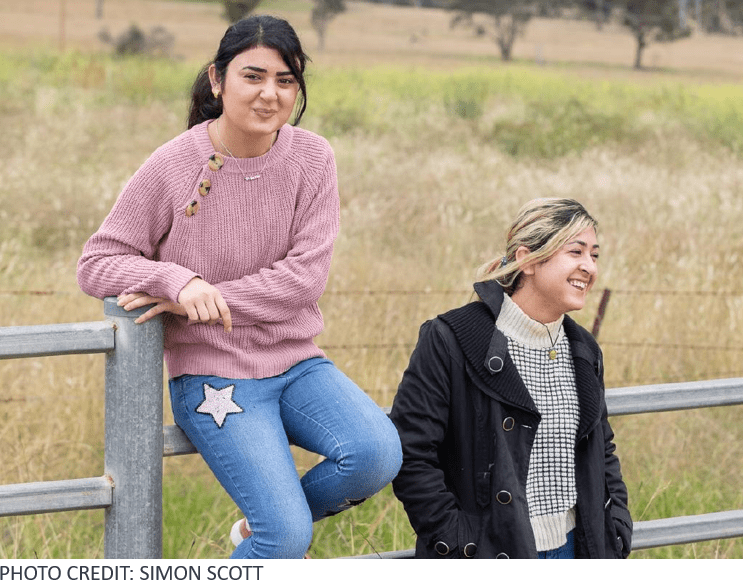
Monitoring community attitudes during refugee resettlement in Armidale, NSW.
Link to 40-minute presentation reporting the results of five Armidale surveys conducted during the first 18 months of refugee resettlement in 2018-2019.
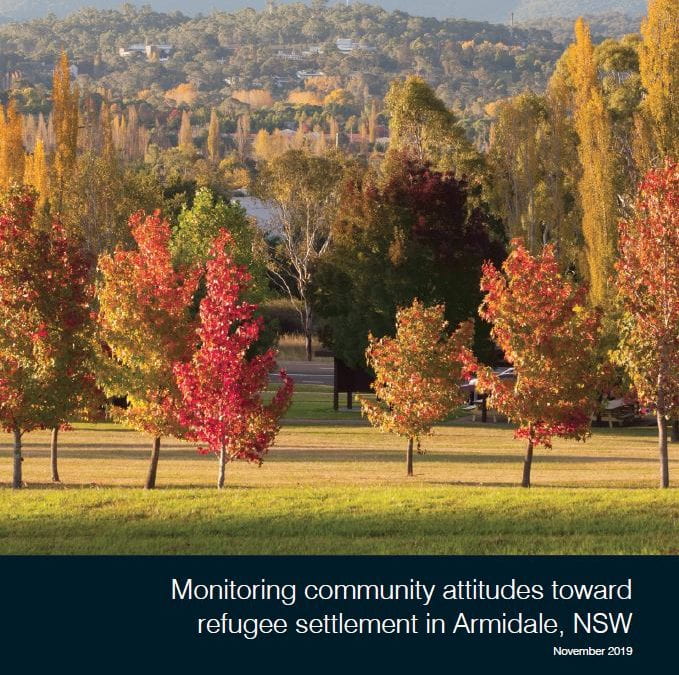
Monitoring community attitudes toward refugee settlement in Armidale, NSW, Report on Surveys 1-3
We report the results of three community surveys conducted during the first 12 months of refugee resettlement in Armidale 2018-19.

Monitoring community attitudes of refugee settlement in Armidale, NSW, November 2018
We report the results of two community surveys that track Armidale’s responses to refugee settlement in the town during 2018.
The Need to Belong and Loneliness In Autistic and Typical Adults
Autistic individuals are often stereotyped as lacking in social interest and, hence, in the need to belong. This research revealed that autistic and typical adults have a similar need to belong and this correlated strongly with loneliness. Sadly, unmet need to belong and loneliness were high among autistic adults.
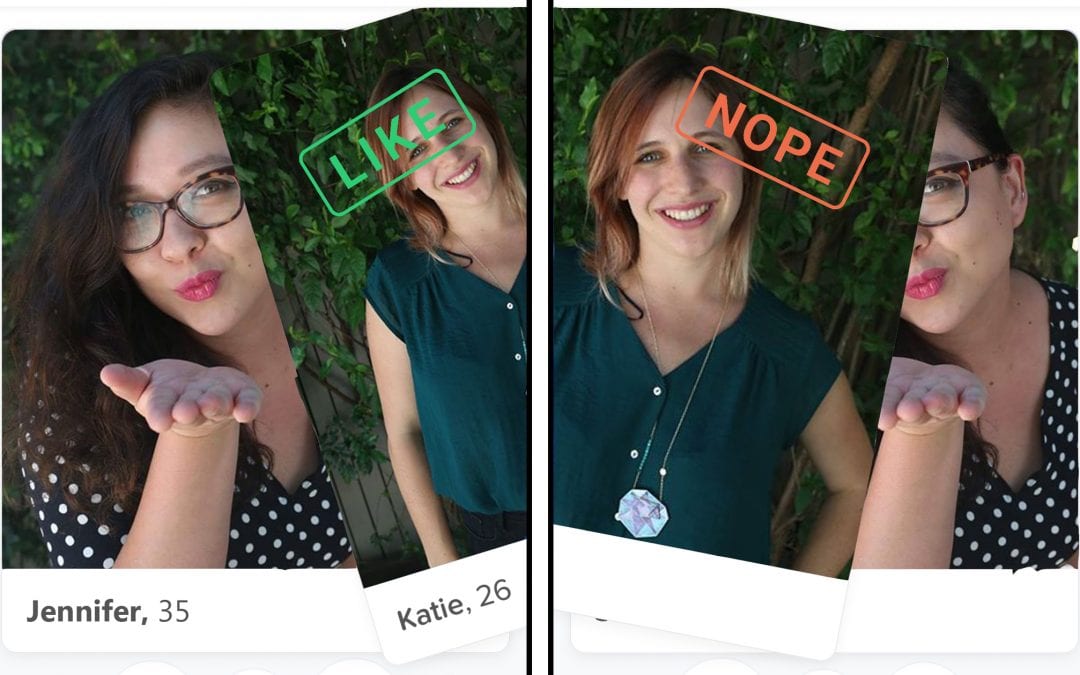
“It’s a Match”: exploring social cues of rejection on mobile dating apps
Despite their popularity, relatively little is known about how people use mobile dating apps, and how regular use of the apps might impact a person’s emotions and behaviours. We investigated one element of this question; what cues on these apps are interpreted by users as rejection and what are the emotional and social impacts of any implied rejection?

Monitoring community attitudes during refugee settlement in Armidale, NSW – report on survey 1
We report the results of the first of three community surveys that track Armidale’s responses to refugee settlement in the town during 2018.
Labeling
Labeling is the act of assigning a simple word or phrase to an individual or group, such that the label defines the person or group and their other features are overlooked.
Using Social Psychology to Address Real-World Problems
Analysis of problems using existing social psychology research findings and with suggested solutions. Click “Read more” to get the whole article.

Social media addiction: The effects of withdrawing to a virtual world
Problem:
Instantly connected through the use of smartphones, all we need to do is reach into our pockets and chat, without uttering a single word. Has instant connectivity fostered new addictive behaviours to satiate our primal need to belong?
Analysis:
Research has shown that the desire for social connectivity is a key reason for addictive Internet behaviour.
Solution:
The challenge is to go on a balanced social media diet. Slowly quit the craving. Put out that Android. Turn off the iPhone before you develop an “iDisorder” (Bjornsen & Archer, 2015). Pick up that morning newspaper. Use fingers to turn the page. Dial the landline phone. Use your voice to communicate. Be physically present in the world.
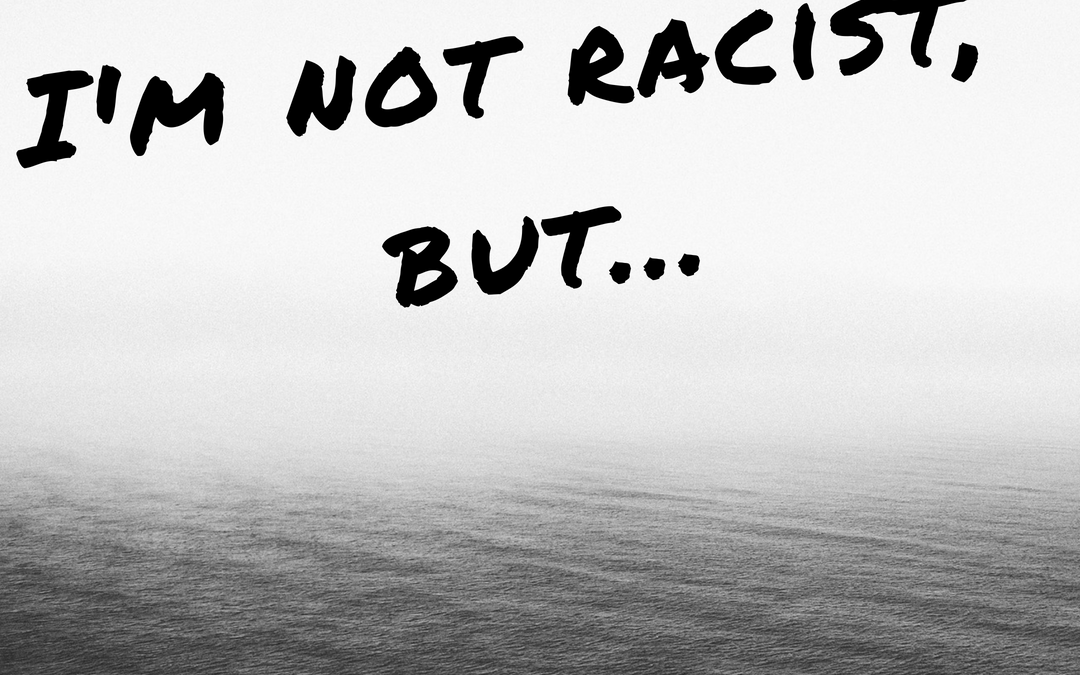
How not to be racist
Problem:
Despite an increased awareness around the problem of racism in Australia members of minority groups still report regularly experiencing negative stereotyping and prejudice.
Analysis:
Despite professing egalitarian beliefs many individuals still hold unconscious racial stereotypes. These stereotypes are expressed in many small ways that often go unnoticed by the perpetrator, but are very noticeable to those who are repeatedly on the receiving end.
Solution:
If you wish your actions would better match your intentions then take the initiative to get to know more about the diverse cultures and individuals that surround you.

#FoMO: Whose life are you really living?
Problem:
The thought of missing out on the latest online status updates is enough to cause genuine psychological and physical distress.
Analysis:
Although social media use can have its benefits, researchers argue that it can do more harm than good. It acts as a reward to decrease the negative feelings of FoMO, further reinforcing social media use. Social comparison is the driving force behind FoMO with everyone’s lives so accessible on social media.
Solution:
Accepting a FoMO diagnosis is just the start. Learning to practice gratitude for what we have and what we are is essential. We must look inwards instead of outwards and live our own life, rather than missing out on what life has to offer others.
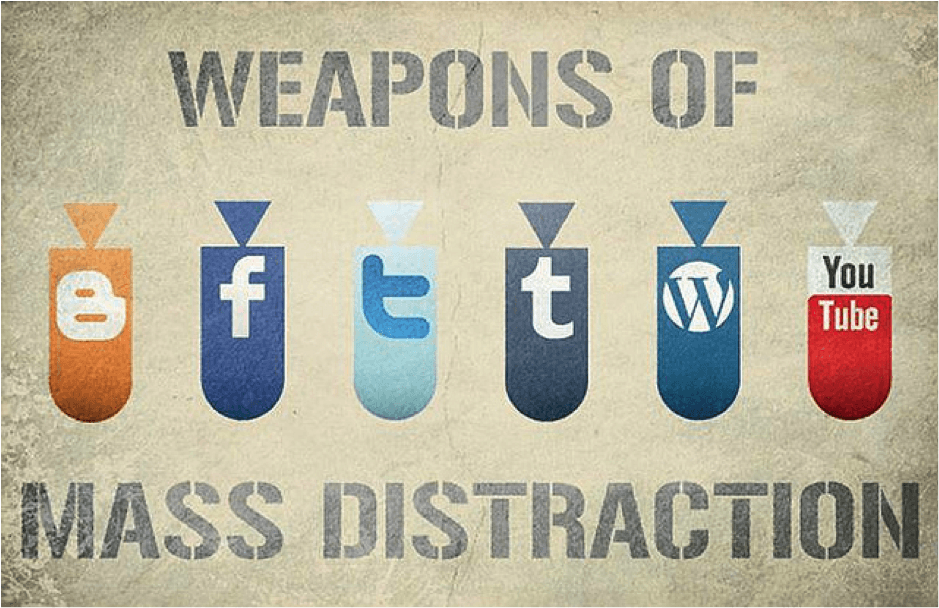
The Internet: Anthem for Modern Doomed Youth?
Problem:
In a world where social media use is rising exponentially, there are many potential perils and pitfalls that may present themselves for children, adolescents and young adults.
Analysis:
The misuse of social media, particularly by those who lack the maturity to use it wisely, has the potential to corrupt generally-accepted social norms. There are implications for all facets of life including an individual’s emotional, physical and psychological well-being, along with their own personal identities and relationships.
Solution:
Responsible parents need to educate themselves about the social media applications their children use. Additionally, if they hope to maintain some control over their child’s personal development, they should monitor and be aware of their child’s online activity.
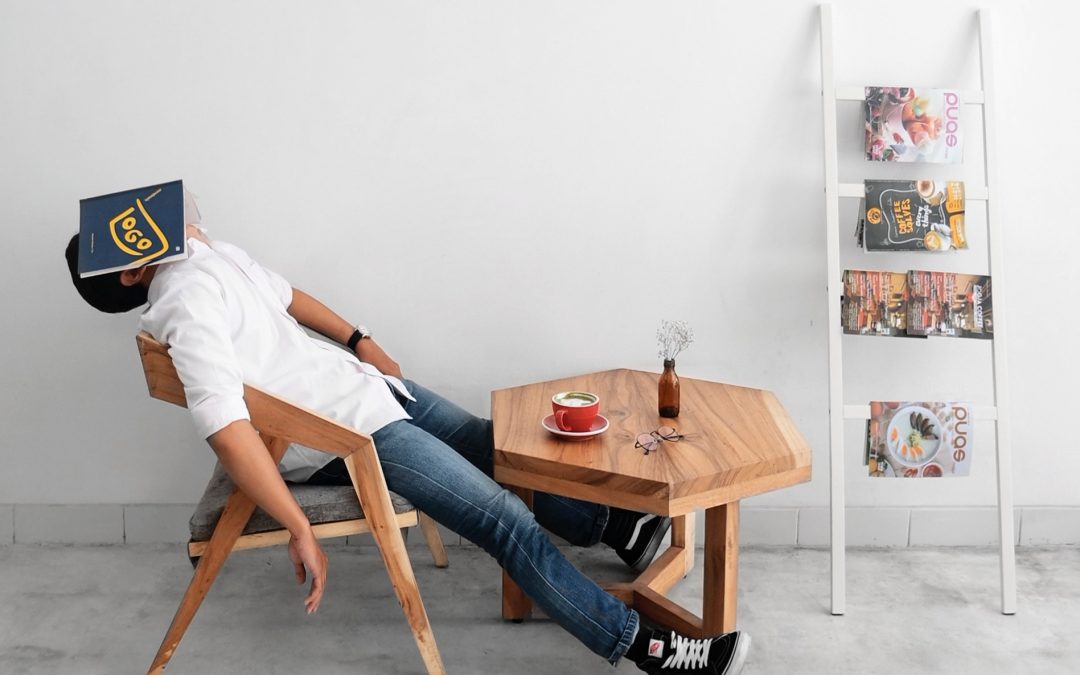
What does your bedtime say about you?
Problem:
Many people suffer from insufficient sleep but are unable to change their sleep patterns.
Analysis:
Intentions become more effective when people have positive attitudes to the necessary course of action and when they have autonomy in choosing to do this. Imagery techniques to help people carry out their intentions are particularly effective
Solution:
It has become apparent that insufficient sleep is commonly accepted and usually unchallenged. Perhaps this is due to outside pressures and a reluctance to take personal responsibility for life choices including our sleep behaviours (Loft & Cameron, 2013). The intention-behaviour gap has identified the need for autonomy, positive attitudes and self- regulation in order to change behaviour. Change is possible, but is it valued at a personal level? Chances are, your bedtime will tell.

The intention-behaviour gap in physical activity
Problem: While many people resolve to improve their health and fitness, most are unable to stick to their resolution.
Analysis: If you have the intention to exercise and want to turn it into a behaviour, you should have a clear goal in mind and make it a priority. Surround yourself with people that also want to exercise, envision what you want to look like, how you want to feel and make it happen! Maintain the strength of your intention and make sure your goals are achievable.
Solution: Good intention alone may not be sufficient enough to change behaviour, but our attitudes, conflicts, perceptions and maintenance of our intentions could be the defining factors in committing to a behaviour or not.
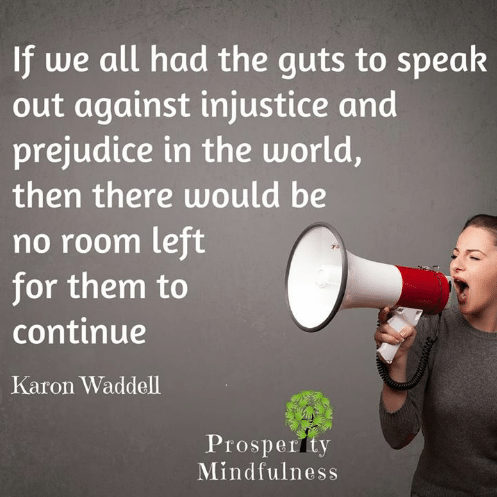
Prejudice against Australian Muslims: The silent majority and the vocal minority
Problem: Sydney Muslims experience racism at 3 times the rate of other Australians. But is this the result of a silent majority or a vocal minority?
Analysis: Only a minority of Australians are prejudiced against Muslims. However, the false consensus effect can cause minorities to believe they are in the majority, in which case they become more vocal.
Solution: Providing information that challenges stereotypes, acting in ways that challenge perceived prejudiced social norms and attempting to take the perspective of Australian Muslims could encourage the silent majority to speak up and challenge the prejudice of the vocal minority.
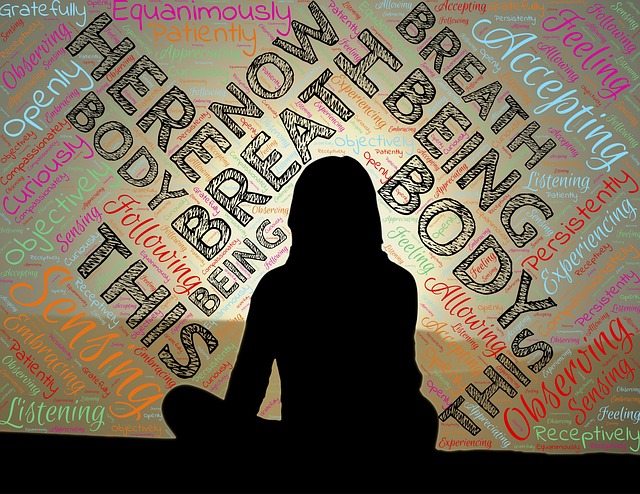
Mindfulness meditation: A fresh approach to tackle implicit bias towards Australian Muslims?
Problem: How can we tackle implicit bias towards Australian Muslims?
Analysis: Interventions such as perspective taking are not always successful. Mindfulness meditation is promising as it reduces implicit bias, even when meditation does not focus on the particular group.
Solution: Mindfulness meditation is a readily accessible and promising intervention for reducing implicit prejudice.

Too little, too late? The effects of historical intergroup apologies
Problem: Creating an effective historical apology
Analysis: The paper describes multiple factors in a successful historical apology
Solution: A successful apology requires the correct timing, content and delivery and should be developed in conjunction with victim support groups for maximum effectiveness.

Bias against Muslims: Why television is the cause and the solution
Problem: Negative attitudes towards Muslims in Australia
Analysis: The accumulation of negative media coverage increases implicit bias towards Muslims
Solution: An engaging television drama, portraying Muslims in an honest, but generally positive light, would go a long way toward reducing bias.

